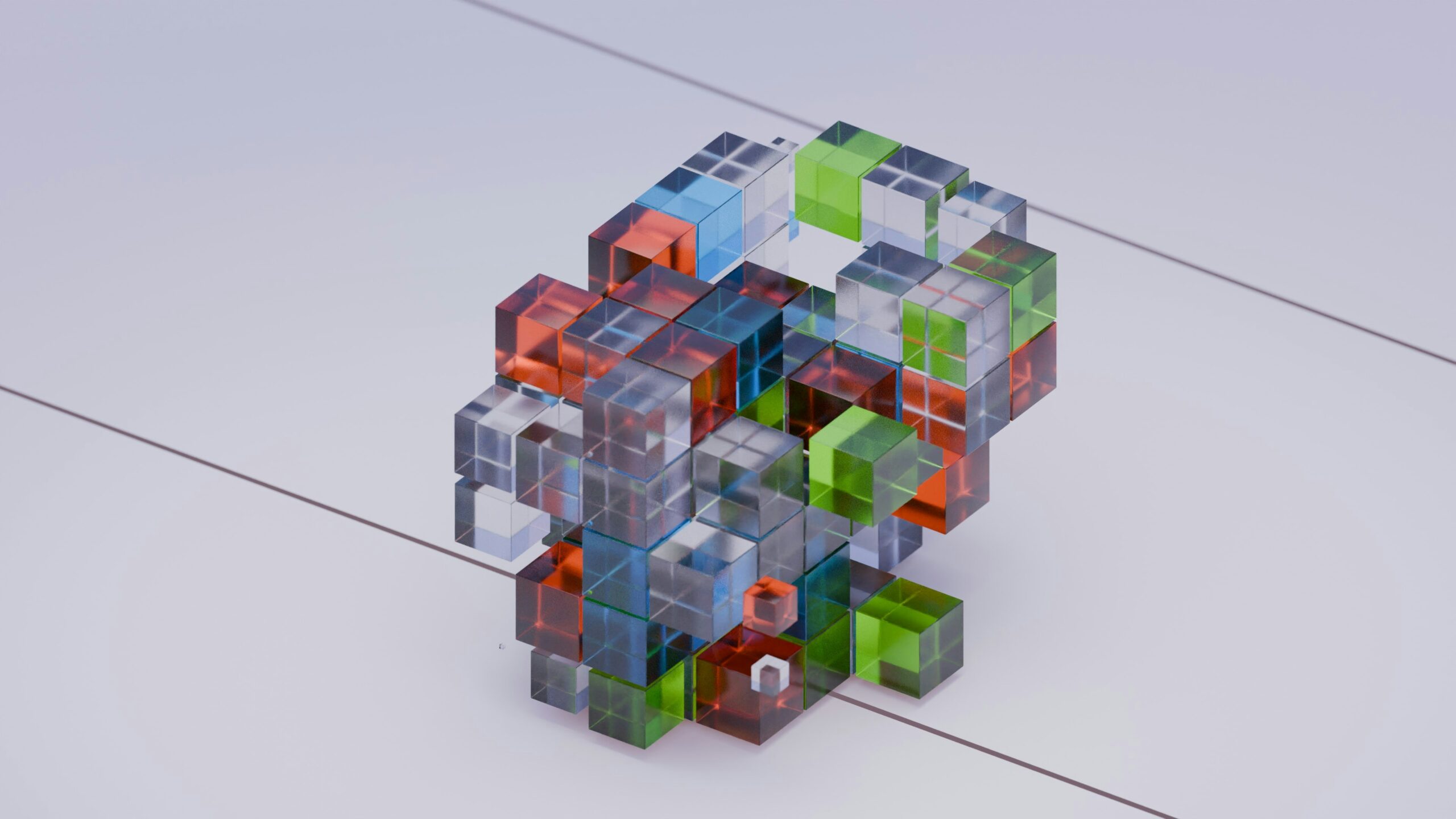
In a time in which adaptability and efficiency are crucial for the success of the companies, the insurance industry faces its own challenge with the need to update its core systems to remain competitive.
Dirección CLEVA – España/Latam
Insurers face the old challenge of renewing themselves or dying to meet their clients’ increasingly specific needs and remain competitive. One of the pillars of this update is the architecture of computer systems, a real key issue, which can bring unquestionable competitive advantages … or quite the opposite.
This chapter includes a set of IT structures and components that not only determine the current operation of systems, but also influence the ability to adapt to changes in technology and/or business. They play a crucial role in both service delivery and risk management. Many times in a silent, disguised way, but being the backbone of the operation of the complex gear of an insurance company.
Talking about legacy systems is often associated with technologies that are old, obsolete and expensive to maintain. They present weaknesses in the context of technological transformation.
In this context, insurers can adopt the following strategies.
Opting for a profound renewal gives vertigo, it’s understandable. This means that in many cases this type of decision is postponed.
This is where the organisation needs true “transformational” leaders, who can see beyond the problem of tomorrow or the day after tomorrow, and discern the opportunity (in some cases the possibility of survival) that arises in the medium-long term.
In a time in which adaptability and efficiency are crucial for the success of the companies, the insurance industry faces its own challenge with the need to update its core systems to remain competitive.
In a rapidly changing world, technology is an unavoidable means in any sector of activity, but it is never an end. When technology does not evolve to keep up with the change in the business context, particularly in the insurance industry, time may dictate that it becomes an end, due to the criticality that operational risks, not addressed at the right time, may represent.
Insurers face the old challenge of renewing themselves or dying to meet their clients’ increasingly specific needs and remain competitive. One of the pillars of this update is the architecture of computer systems, a real key issue, which can bring unquestionable competitive advantages … or quite the opposite.